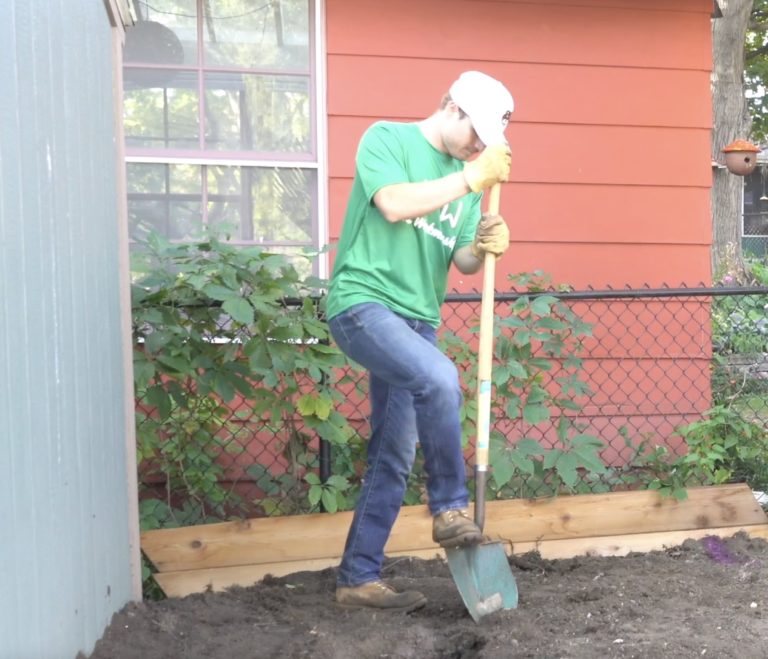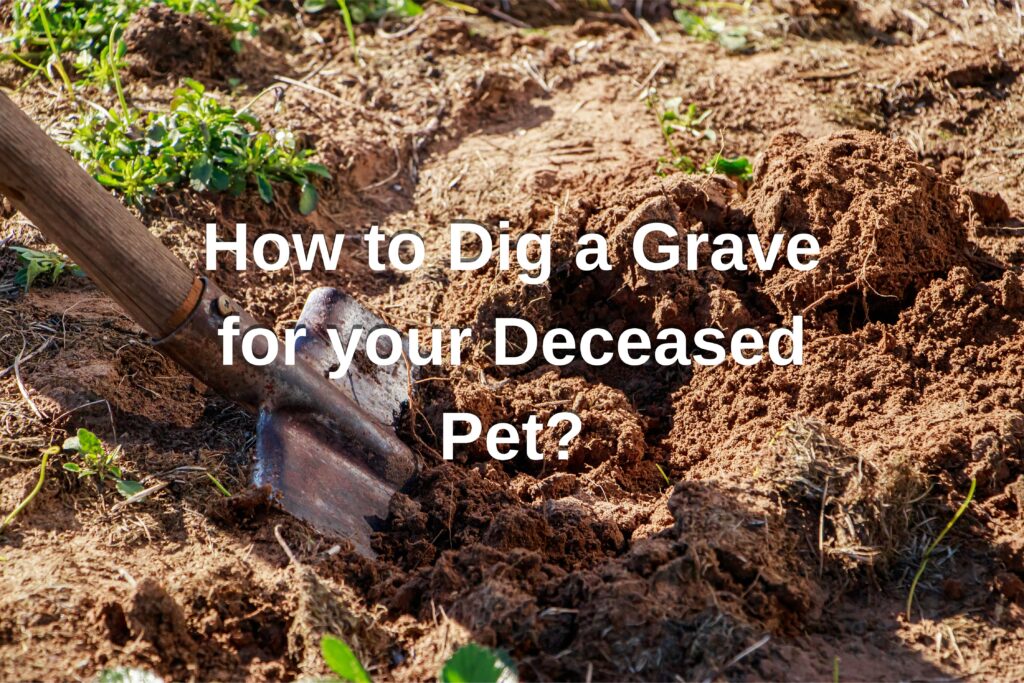Table of Contents
1. Understand Local Laws and Restrictions
Before starting any burial process, it is crucial to verify the legality of pet burial on private property in your city, county, or state.
Some areas may:
Require permits or restrict burials due to public health codes
Prohibit home burials entirely
Allow them under specific conditions, such as depth or proximity to water sources
You can find this information by:
Visiting your city or county website
Calling the local animal control or zoning office
Asking your veterinarian for guidance
⚠️ Important: If your pet was euthanized, confirm if the burial is safe. Euthanasia drugs (like pentobarbital) can be toxic to scavenging animals.
2. Choose a Meaningful, Safe Burial Site
Select a location that is peaceful, dry, and unlikely to be disturbed. Many pet owners choose:
A quiet corner of the backyard
Beneath a favorite tree or shade spot
Near a flower bed or garden the pet enjoyed
Make sure the area is:
Away from water sources, wells, or vegetable gardens
Not prone to flooding or erosion
Somewhere you won’t need to dig in the future (e.g., for utility work or landscaping)
👉 Tip: Choose a spot where you’ll feel comfortable visiting and reminiscing. It can become a sacred space for reflection and healing.
3. Gather Supplies for the Burial
You’ll need a few basic tools and materials:
Tools:
Materials:
Biodegradable pet casket (wood, cardboard, wicker, or cloth)
Blanket or towel (optional)
Headstone, plaque, or decorative marker
Plants, flowers, or solar lights for memorialization

4. Digging the Grave: Depth and Dimensions
This is the most important part to get right for both respect and safety.
🔽 Recommended Burial Depth:
| Pet Size | Depth | Width & Length |
|---|---|---|
| Small pets (birds, hamsters) | 1.5–2 feet | 1.5 ft x 1.5 ft |
| Medium pets (cats, small dogs) | 3 feet | 2 ft wide x 3 ft long |
| Large pets (big dogs, goats) | 3.5–4 feet | 2.5 ft wide x 4+ ft long |
This depth:
Prevents scavenging by wildlife
Allows for natural decomposition
Meets most local standards
Not sure whether to dig by hand or use a machine?
👉 Read our guide: What’s Better: Hand Digging or Mechanical Excavation? to help you decide which method is best based on your pet’s size, soil type, and available space.
🚫 Do not bury your pet in shallow ground—this risks disturbance by animals, weather, or lawn equipment.
5. Prepare Your Pet for Burial
This emotional step can also be healing. You can:
Wrap your pet in a soft blanket, towel, or cloth
Use a biodegradable casket or box
Include personal items such as:
A favorite toy
Collar or name tag
A letter or drawing from family members
A flower or keepsake
Take a moment with loved ones to say goodbye, share a memory, or offer a prayer.
6. Lower Gently and Fill Carefully
Gently place your pet into the grave, keeping them secure in their wrap or casket.
Begin refilling the grave with soil, tamping it down lightly every 6–8 inches.
Create a small mound on top to allow for future settling.
⛏️ Optional Tip: Place a few large stones beneath and above the casket to further deter digging by other animals.
7. Create a Lasting Memorial
Memorializing your pet helps celebrate their life. Options include:
Engraved stone or plaque with their name and dates
Wooden cross or marker
Decorative garden statue
Planting a tree, bush, or flowers nearby
Adding solar lights or wind chimes
Personal touches turn the grave into a sacred space of remembrance and comfort.
8. Pet Burial Alternatives
If burial isn’t allowed or preferred, consider:
Cremation: You can keep the ashes in an urn, scatter them, or bury them in a small plot.
Pet cemeteries: Offer professional services, headstones, and long-term care.
Pet memorial gardens or keepsake jewelry: Use a portion of your pet’s ashes in a pendant or memorial art.



